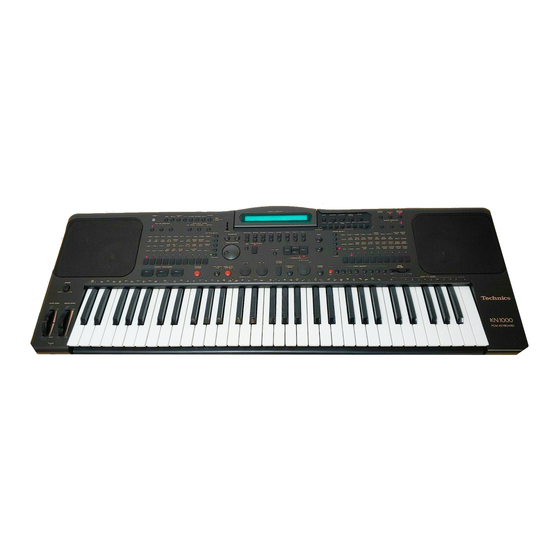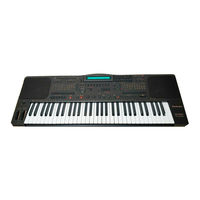
Technics SX-KN1000 Manuals
Manuals and User Guides for Technics SX-KN1000. We have 3 Technics SX-KN1000 manuals available for free PDF download: Owner's Manual, Service Manual
Advertisement
Technics SX-KN1000 Owner's Manual (126 pages)
Brand: Technics
|
Category: Synthesizer
|
Size: 6.06 MB
Technics SX-KN1000 Service Manual (38 pages)
Brand: Technics
|
Category: Electronic Keyboard
|
Size: 21.03 MB
Advertisement


